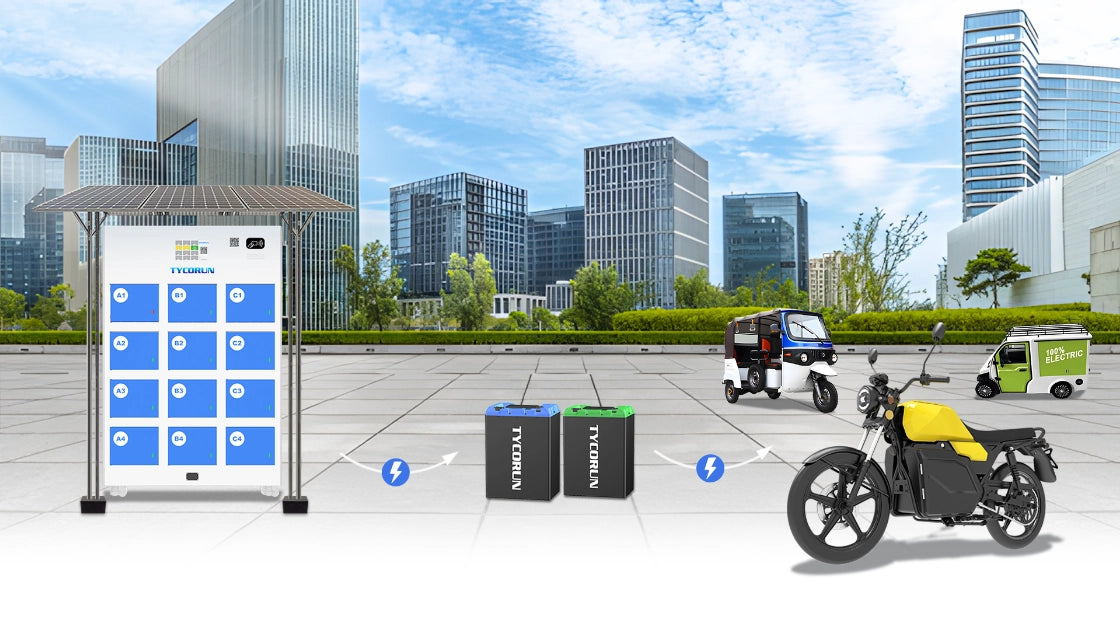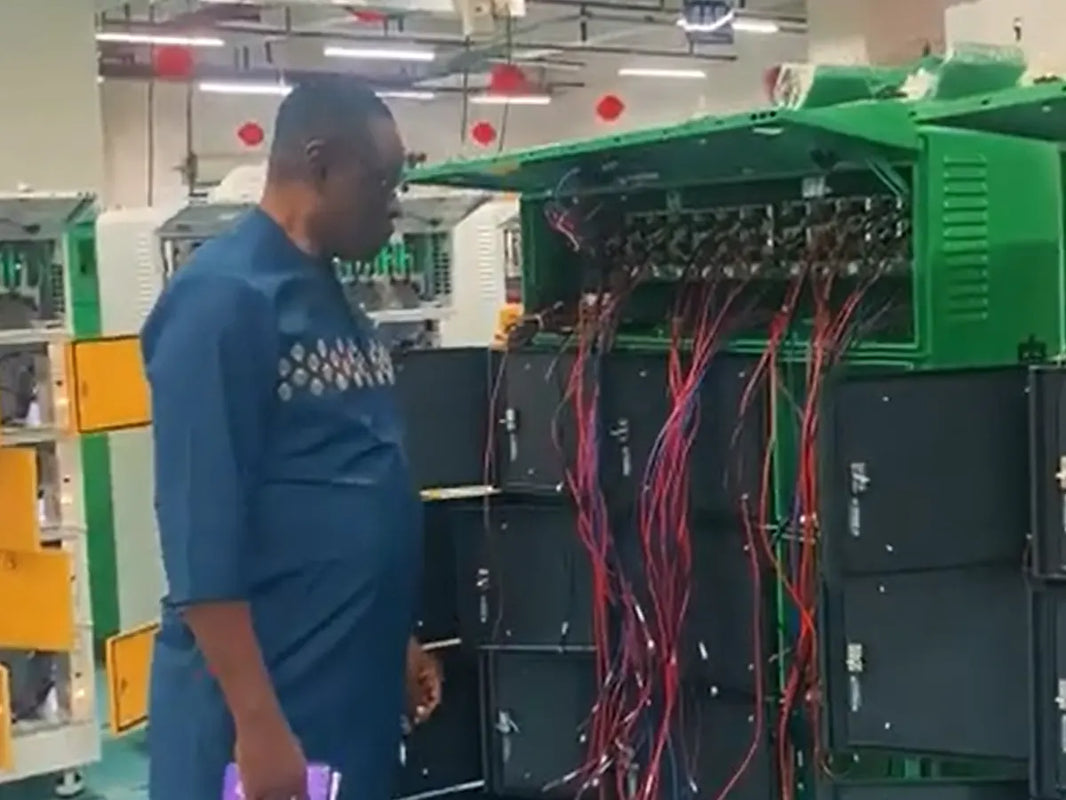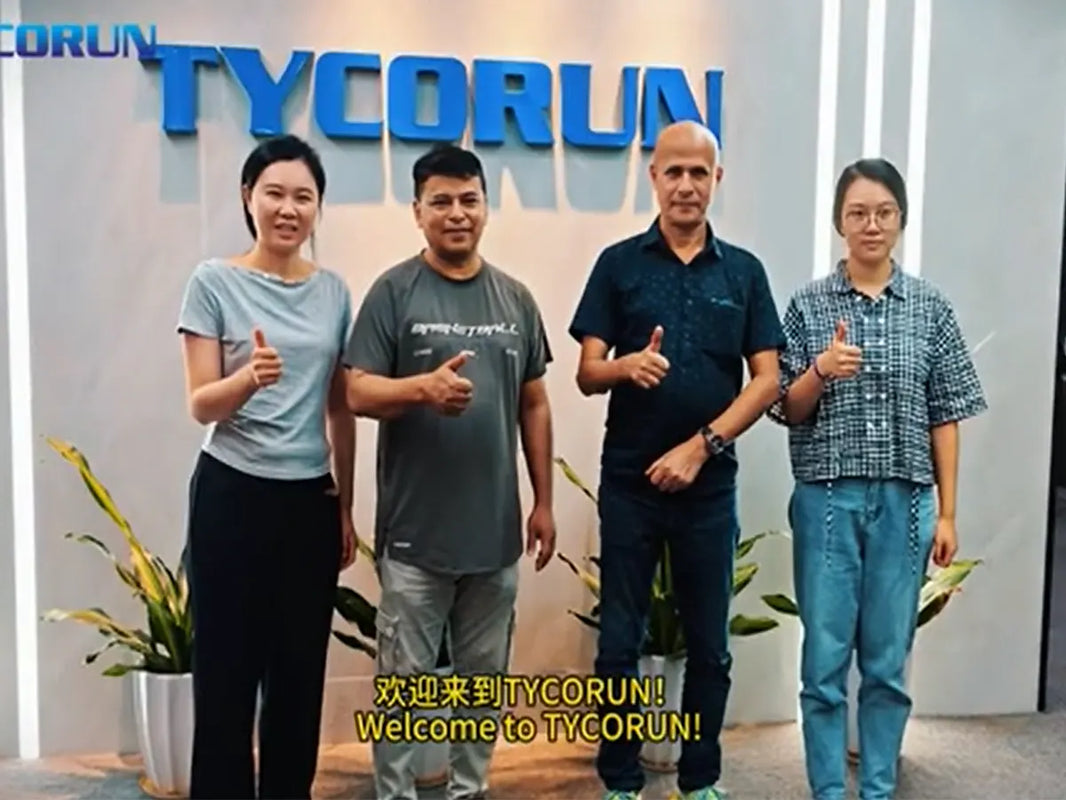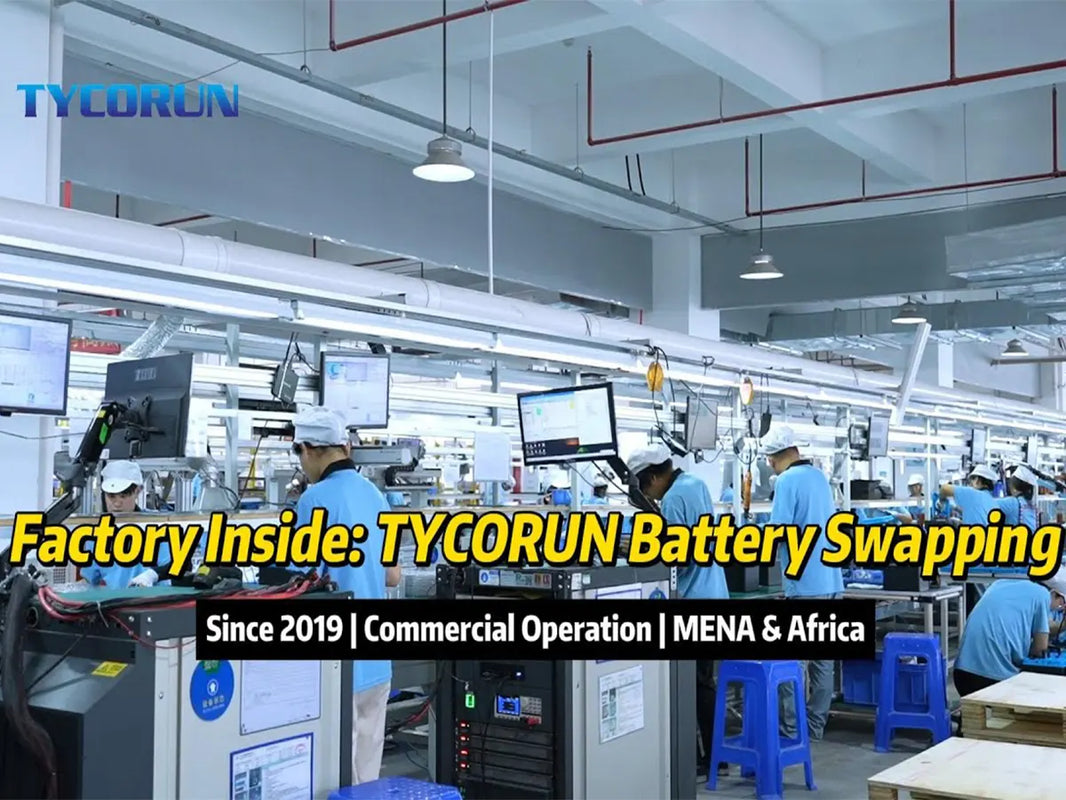As modern devices increasingly rely on rechargeable batteries, understanding trickle charging becomes essential for safe maintenance and extended lifespan. This passage explains the principle and definition of trickle charging, differentiates it from float charging, explores its working mechanisms in lead-acid, NiCd, and lithium batteries, and highlights suitable applications such as backup systems, small electronics, and long-term storage. Proper trickle charging helps maintain battery capacity, prevents sulfation, and ensures readiness for use without causing overcharge or damage.

Main content:
- Definition of Trickle Charging
- Difference Between Trickle Charging and Float Charging
- Working Principles of Trickle Charging
- Purpose of Trickle Charging
- Does Trickle Charging Have Drawbacks?
- Battery Types Suitable for Trickle Charging
- Typical Applications of Trickle Charging
- Trickle Charging vs. Fast Charging
- Conclusion
- FAQs
Definition of Trickle Charging
Trickle charging refers to a charging method that continuously replenishes the battery with a very low current after it has been fully charged. The charging current is typically equivalent to the battery's self-discharge rate, aiming to offset natural energy loss and maintain the battery at a fully charged state for an extended period. Because of its extremely low charging rate, this method avoids overcharging or heat buildup, thus extending battery life.
Difference Between Trickle Charging and Float Charging
Float Charging
Float charging refers to a state where the charger continuously supplies power to the battery at a constant voltage while the battery is connected to a load. In this mode, the charger not only replenishes the battery's energy but also simultaneously supplies power to the external load. When the load requires current, the current flows preferentially to the load; when the load decreases, the current is diverted to replenish the battery.
This allows the battery to maintain a fully charged or near-fully charged level while being used and charged simultaneously, without overcharging or over-discharging. Float charging is commonly used in scenarios requiring continuous power supply, such as communication equipment rooms, UPS systems, and backup power supplies for electric vehicles, ensuring that the battery can immediately take over power supply when the mains power fails.
Trickle Charging
Trickle charging is the process of replenishing the battery with a very low current when it is not under load, is idle, or is stored. Because batteries naturally self-discharge during storage, trickle charging compensates for this loss, keeping the battery at a fully charged state for a longer period. Trickle charging typically employs a constant current mode with an extremely low current (e.g., 1/100th of the rated capacity or less) to avoid overcharging or heat buildup. Trickle charging is frequently used in long-term storage, emergency equipment, or the maintenance of backup batteries, and is an important means of preventing battery capacity degradation.
Working Principles of Trickle Charging

Lead-Acid Battery Trickle Charging
In lead-acid batteries, the internal resistance gradually increases as the charging process progresses. When the battery is nearing full charge, its absorbed current decreases significantly, eventually stabilizing at a very low value, the so-called trickle current. At this point, the charger maintains a very low current input to compensate for the power loss caused by self-discharge in the lead-acid battery.
This method is particularly suitable for long-term backup power supplies (such as UPS, communication base station batteries) or energy storage systems, ensuring that the battery maintains optimal capacity in idle conditions and avoiding capacity degradation due to self-discharge.
Trickle Charging for Other Battery Types
For batteries with different chemical systems, such as lithium-ion batteries and nickel-metal hydride batteries, trickle charging is not directly feasible. Lithium-ion batteries are extremely sensitive to voltage and current control. Continuous trickle charging can lead to electrolyte decomposition or overcharging, posing safety hazards. Therefore, in these systems, trickle charging requires precise control through a BMS (Battery Management System).
The BMS automatically adjusts the charging current and cutoff voltage after detecting that the battery pack has reached a set voltage, ensuring the charging process remains within a safe range. This achieves a maintenance effect similar to trickle charging, rather than true "continuous micro-current charging."
Purpose of Trickle Charging

The main purposes of trickle charging are twofold: to increase battery saturation and to maintain a high charge level.
First, let's discuss increasing battery saturation. As is well known, the charging speed is relatively fast in the early stages but very slow towards the end. Especially with increasingly powerful fast charging, algorithms stop charging at high current levels to accelerate the entire charging process and avoid long waiting times for consumers. However, stopping at high current levels has a drawback: the battery's charge saturation level is not high enough.
For example, imagine a glass filled with eggs; even with small amounts of water, you could still squeeze in mung beans. A high-current charging stop mechanism can't precisely control the cutoff, and charging algorithms, to avoid overcharging, typically set the charge level to a state that's not completely full. After the algorithm stops the charge, it switches to trickle charging, using a small current to replenish the remaining charge, achieving a higher level of saturation.
Secondly, it maintains a high charge level. Even when a battery is fully charged and stored unused, its charge level gradually decreases—this is called "static discharge." Similarly, a battery installed in a phone, after stopping the charge at full capacity, begins supplying power to the phone's hardware and software, and its charge level gradually decreases. Without additional charging, if you charge overnight, the battery percentage might only be around 90% in the morning. Therefore, trickle charging is necessary to consistently maintain a full charge level, improving the user experience.
Does Trickle Charging Have Drawbacks?

Trickle charging aims to maintain the battery at a high charge level. For frequently used devices, it has no negative effects, and users don't need to worry excessively. The charging management chip within the device handles everything with a more complex process. Additionally, if the battery is completely depleted, the charging management chip will pre-charge it with a weak current, similar to trickle charging, before powering on. Only after the voltage rises to the normal range will full charging begin.
Lithium-ion battery charging and discharging involves the insertion and extraction of lithium ions, essentially a conversion between electrical and chemical energy. If a high current is used to charge the battery when it's already at a high charge saturation level, the internal chemical reactions will be more active, potentially leading to polarization. Trickle charging with a small current can mitigate polarization and appropriately extend battery life.
For retired older devices that are no longer in use, it's recommended to store them at half-charge saturation. Both low and high charge levels are detrimental for long-term storage.
Furthermore, if you're concerned that frequently keeping your phone at high charge levels will cause faster battery drain, iPhones can enable "Optimized Battery Charging," which will charge to 80% and then pause charging for a period before fully charging. Some laptops also allow you to set charge saturation levels, which can improve battery health. However, these are unrelated to trickle charging; they are simply user-managed battery maintenance methods.
Battery Types Suitable for Trickle Charging

Lead-Acid Batteries
Lead-acid batteries are the most typical type of battery suitable for trickle charging. Due to their stable chemical properties and ability to withstand long-term low-current charging, they are commonly used in automobiles, ships, and electric vehicles. Trickle charging effectively offsets energy loss caused by self-discharge, prevents plate sulfation, and keeps the battery in a usable state. For vehicles or backup equipment that are parked for extended periods, trickle charging can significantly extend battery life and reduce maintenance frequency.
NiCd Batteries
NiCd batteries(nicd vs nimh battery) have strong overcharge resistance, making them suitable for trickle charging as well. They are widely used in power tools, emergency lighting equipment, and industrial electronic devices. Using a moderate trickle current prevents the battery from self-dischargeing too quickly when idle, ensuring immediate availability when needed. Furthermore, NiCd batteries can withstand continuous low-current charging well during their cycle life without significant capacity decay.
Sealed Lead-Acid Batteries (SLA)
Sealed lead-acid batteries are maintenance-free lead-acid batteries commonly used in UPS systems, electric wheelchairs, and electric scooters. Because the internal electrolyte is well-encapsulated and does not easily evaporate, it can withstand low-current charging for extended periods. Trickle charging of these batteries not only maintains their reserve capacity but also reduces performance degradation during long standby periods, ensuring reliable discharge performance in emergencies.
Typical Applications of Trickle Charging

Backup Battery Maintenance
Trickle charging is widely used in various backup battery systems, such as emergency lights, UPS power supplies, and automotive starter batteries (SLI). These batteries are normally in standby mode and only activate when the main power is disconnected or in an emergency. Continuous or periodic trickle charging ensures they remain fully charged at all times, achieving plug-and-play reliability.
Charging Small-Power Devices
Trickle charging also plays a crucial role in low-power electronic products such as Bluetooth headsets, smart bracelets, and small USB devices. Many of these devices consume extremely low power; using normal charging methods directly might cause the charger to automatically shut down due to insufficient load detection. Providing a stable, low-current output through trickle charging not only maintains stable charging but also prevents over-discharge of the battery.
Long-Term Storage Battery Maintenance
Trickle charging also plays a vital role in low-power electronic products such as Bluetooth headsets, smart bracelets, and small USB devices. Many of these devices have extremely low power consumption; using normal charging methods directly might cause the charger to automatically shut down due to insufficient load detection. Providing a stable low-current output through trickle charging not only maintains stable charging but also prevents the battery from over-discharge. Long-Term Battery Maintenance
For batteries that are not used for extended periods, such as those in backup power systems or stored in warehouses, regular trickle charging effectively prevents capacity degradation. By maintaining a slight current supply, voltage drops caused by self-discharge are avoided, thus preserving the battery's chemical activity and health. This method is widely used in industrial equipment, emergency power supplies, and energy storage systems.
Trickle Charging vs. Fast Charging
| Features | Fast Charging | Trickle Charging |
|---|---|---|
| Charging Speed | Very Fast | Very Slow |
| Best for | Urgent situations, quick charging | Low-power devices or maintaining full charge |
| Heat Generation | High | Low |
| Safety | Requires BMS management, high temperature risk | Relatively safe, extends battery life |
| Typical Technologies | USB-PD | BMS intelligent control |
Fast Charging: Ideal for urgent situations, rapidly replenishing the battery from 0% to 80%.
Read: slow charging vs fast charging
Trickle Charging: Used for maintaining full charge, suitable for low-power devices or long-term storage.
Hybrid Strategy: Combines fast charging and trickle charging as needed, balancing charging speed with battery longevity.
Conclusion
Trickle charging is a safe and effective method to maintain battery health during idle periods. When applied correctly—especially for lead-acid or standby systems—it minimizes self-discharge, preserves full capacity, and enhances longevity. Understanding its limits and using it under controlled conditions ensures both performance and safety for long-term battery storage.
FAQs
Should a trickle charger be on a battery all the time?
Yes, it can be connected continuously, but this depends on the battery type. For lead-acid or sealed lead-acid batteries, as long as the charging current is low enough and there is automatic detection and disconnection, a fully charged state can be safely maintained. However, continuous trickle charging for lithium batteries is not recommended for extended periods and must be controlled by the BMS to avoid overcharging or safety hazards caused by electrolyte decomposition.
Is trickle charging good for batteries?
Properly used trickle charging effectively offsets energy loss caused by self-discharge, prevents plate sulfation or capacity degradation, and is particularly beneficial for long-term standby or energy storage batteries. It maintains chemical stability and extends battery life through low-current replenishment. However, improper control or excessive current can lead to electrolyte decomposition or shortened lifespan; therefore, it should be used in conjunction with intelligent charging management.
Is it better to charge to 80% or 100%?
For devices that are frequently used and require immediate full charge output, such as emergency systems or UPS power supply, maintaining a charge close to 100% is more suitable. For everyday consumer electronics, stopping at 80% can significantly slow down aging. While prolonged full charging can maintain capacity, it accelerates chemical reactions, leading to increased internal resistance. Therefore, an 80% strategy is suitable for daily use, while trickle charging can be used to maintain power balance for long-term backup.
















